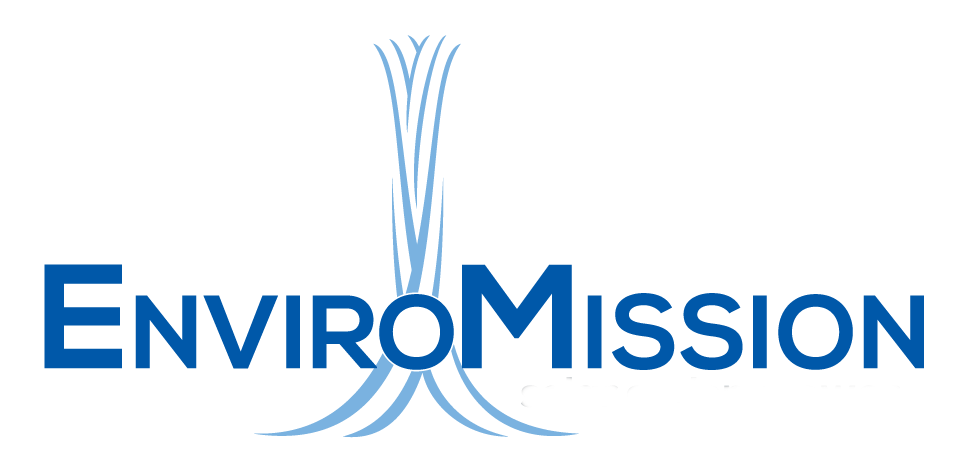History of the Solar Tower Concept
Solar Updraft Towers can be found as early back as 1903 in Spain. Isidoro Cabanyes proposed a solar chimney power plant in the magazine La energía eléctrica (see Image 2).
EnviroMission’s Solar Tower technology has seen the original concept improved and ready for commercialization on a large scale. The technology has been tested and evaluated by the German engineer Jorg Schlaich and his team through the successful operation of a demonstration plant constructed in Manzanares, Spain (see image 3). Since 2001 the technology has undergone optimization in Australia and the U.S. through the team developed by EnviroMission.
The demonstration unit operated for eight years between 1982 and 1989, with a 50 kW capacity. The tower was 650 feet high and 33 feet wide and was constructed with corrugated sheets forming the cylinder and used stay cables for support. The collector was 800 to 1000 feet wide and consisted of over 450,000 square feet of plastic, PVF and glass. The collector was built on steel supports. The single vertically mounted turbine had a 4-foot blade design.
Following Schlaich Bergermann und Partner demonstrating the facility, EnviroMission has embarked on extensive research and development works to enhance the Solar Towers characteristics, incorporate passive storage, increase overall plant efficiency and embed ancillary revenue sources (see image 4). It was not until EnviroMission demonstrated the value of the ground as it relates to heating the air and storing heat that the Solar Tower became a viable technology for delivering cost effective and reliable power.
The EnviroMission Solar Tower is no longer simply a renewable power source, it is a resource capable of delivering solar energy reliably with a profile that meets the power demands without having to incorporate expensive and inefficient storage. EnviroMission has invested time, money, and research efforts bringing what was a tremendous ideal to a commercial reality.
Some areas that EnviroMission has focused and delivered improvements on their path to commercialization include:
- Materials science – many plastics, polycarbonates and other translucent materials have been evaluated
- Construction methodology – many of the best contractors in the world have studied and provided input on both tower and greenhouse construction and maintenance
- Various forms of IP have been generated to capture more heat during the daylight hours and utilize excess heat from the day for generation into the evening
- Storage has been tested that allows production to be somewhat tailored to meet demand requirements
- Ancillary revenue streams can be used to improve economics and garner local support for Solar Tower development
- A tremendous amount of site-specific work in the US has been completed that will benefit all projects
- A development team focused on project delivery has been assembled
- Material testing seeing low-cost options being uncovered for greater daytime efficiencies and evening generation
- Extensive mathematical and computational fluid dynamics modeling
 Image 1. The Smoke Jack.
Image 1. The Smoke Jack. Image 2. Isidoro Cabanyes Solar Chimney concept.
Image 2. Isidoro Cabanyes Solar Chimney concept.
 Image 3. Solar Updraft Tower prototype.
Image 3. Solar Updraft Tower prototype. Image 4. EnviroMissions Solar Tower conceptualisation.
Image 4. EnviroMissions Solar Tower conceptualisation.

